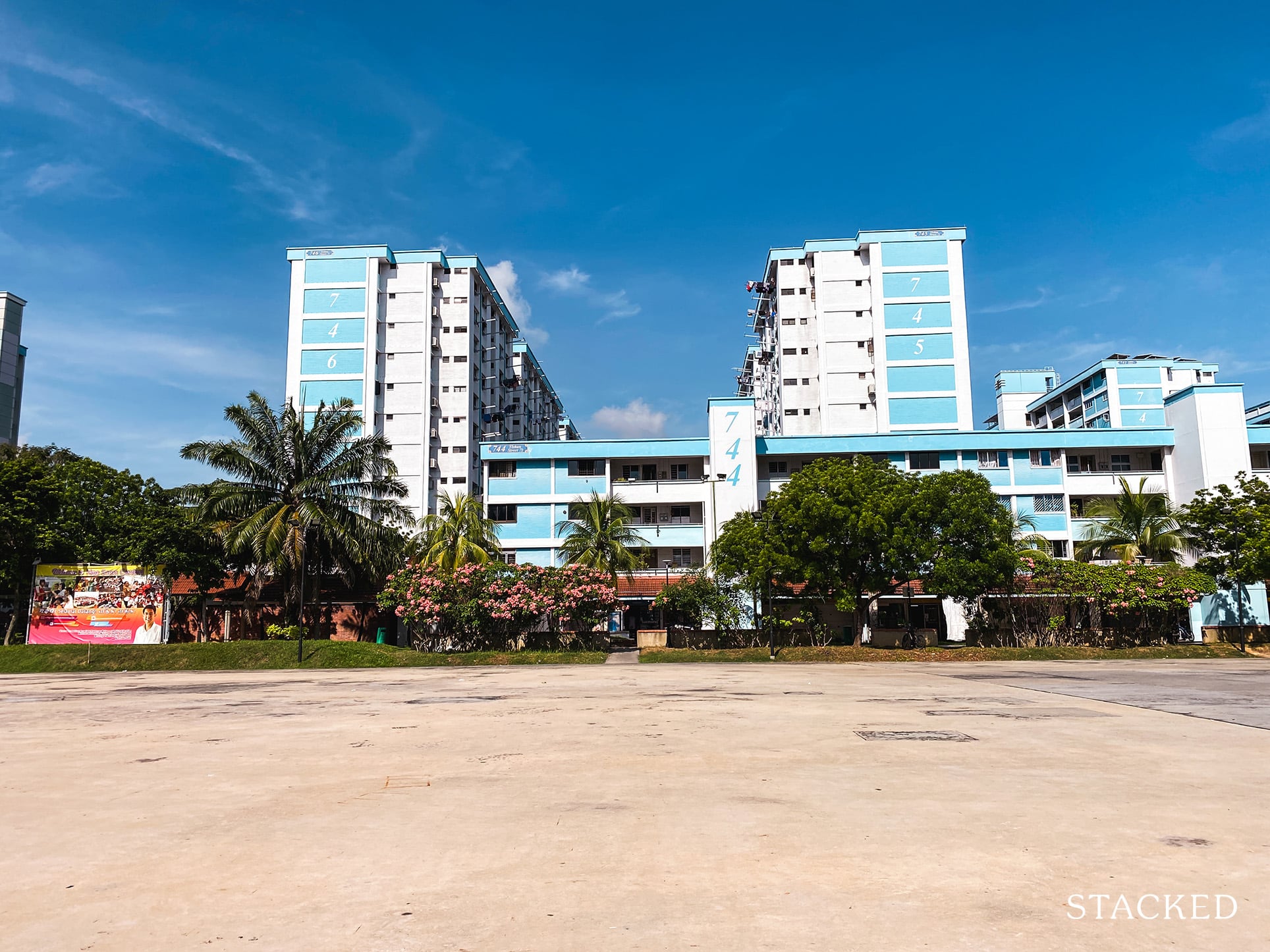Moving From A Public Rental Flat To Home Ownership Is Not Easy. Here’s What It Takes.
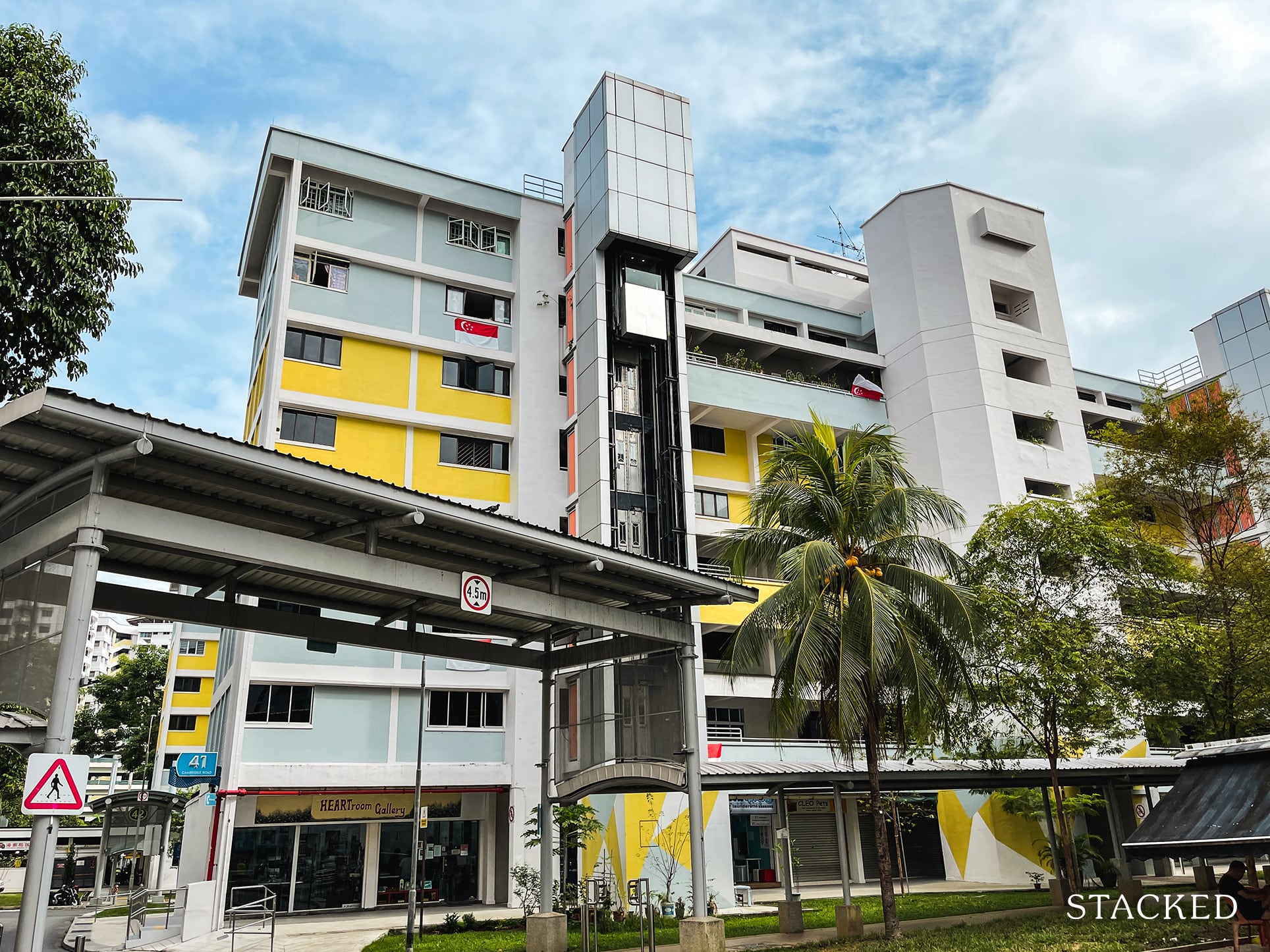
Get The Property Insights Serious Buyers Read First: Join 50,000+ readers who rely on our weekly breakdowns of Singapore’s property market.
A seasoned content strategist with over 17 years in the real estate and financial journalism sectors, Ryan has built a reputation for transforming complex industry jargon into accessible knowledge. With a track record of writing and editing for leading financial platforms and publications, Ryan's expertise has been recognised across various media outlets. His role as a former content editor for 99.co and a co-host for CNA 938's Open House programme underscores his commitment to providing valuable insights into the property market.
In his recent National Day rally speech, Prime Minister Lee Hsien Loong highlighted the increased number of people moving into public rental flats. While the number was highest in the Malay community, it’s worth noting that the number of renters also went up in the Chinese and Indian communities. And while we agree that it’s a good idea to try and move from public rental to home ownership, it may be a tougher process than many of us expect:
More Singaporeans are living in public rental flats, compared to a decade ago
Among the Malay community, there were 18,600 households in public rental flats in 2020. This was up from 9,100 in 2010. For Chinese households, the number increased from 28,000 to 28,700, while the number rose from 4,600 to 6,800 for Indian households.
The PM said that “We must help more households in rented flats recognise that renting is only a temporary housing solution, and to encourage them to stabilise their income so that they can move towards home ownership, and progress with the rest of society.”
A good goal for any community; but it’s a move that’s tough to manage. For many who are renting, home ownership is not a goal that can be attained in a short time; and there’s a real risk of some waiting for decades, and reaching their 40’s or 50’s before managing the move.
Here’s what it takes for many to make the leap:
Note that for the following, we refer to those who are in rental flats due to low-income or related situations (under HDB’s Public Rental Scheme), not those who are just waiting for their flats to be completed and renting from the secondary market!
- Qualify for the fresh start housing scheme (if a second-timer)
- Maxing out the housing grants
- It’s not just about your income level, but the source of your income
- Build a sufficient emergency fund
- Clear outstanding debts or wait out former bankruptcies
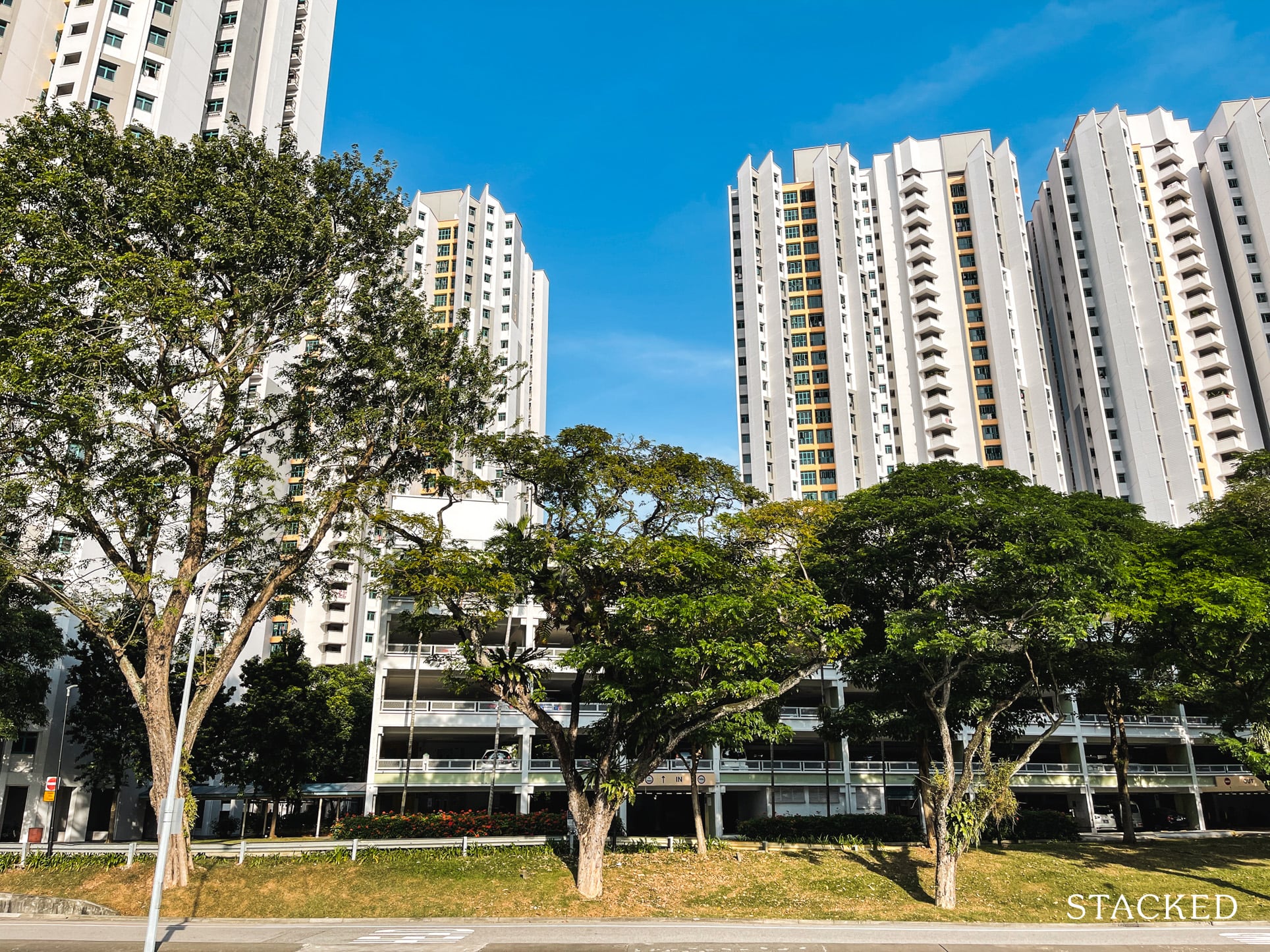
1. Qualify for the Fresh Start Housing Scheme (if a second-timer)
This scheme is for families with young children, who once owned an HDB flat before, but are currently living in a public rental flat. It allows you to buy a 2-room flexi flat with a shorter lease (45 to 65 years), instead of the usual 99-years. Due to the shorter lease, the flat will be a lot cheaper than the typical BTO flat.
(The exact price varies based on location, but we have seen it go below even $150,000)
However, you can only use this scheme have lived in a public rental flat for at least 12 months, and one of you (you or your spouse) has been employed in the past year.
In addition, you must get the Letter of Social Assessment (LSA) from the Ministry of Social and Family Development (MSF). This is to ensure you’re financially stable, the children are going to school, etc. We’ve been informed this is not a one-off process, and you actually need to get the LSA every year for the next five years.
(We’re not familiar with how MSF does the assessment though, so you’ll have to speak to them directly for this).
Besides the already lower cost of a short-lease flat, the Fresh Start Housing Grant provides $35,000 to buy your flat. $20,000 will be put in your CPF before key collection, and the next $15,000 will be put in your CPF over the next five years.
It is sometimes cheaper to buy the 2-room flexi flat, than to keep paying for a public rental flat.
For example, say the flat costs $200,000. You receive the Fresh Start grant of $35,000 and the maximum CPF housing grant of $80,000. This comes to just $85,000.
After you deduct the $20,000 for the down payment (payable through your CPF), your loan amount is just $65,000.
The interest rate of an HDB loan is 2.6 per cent per annum.
If you’re 40-years old, and can take a 25-year loan tenure at this rate, you will be paying as little as $295 a month.
However, note that a 2-room flat on a short lease will never be an investment. The Minimum Occupancy Period (MOP) is 20 years, not five; and you cannot rent out any rooms, even if you somehow feel you could squeeze in a tenant. Your flat must be a 3-room or bigger unit, to rent out rooms.
Nonetheless, for second-timers, this could present a more realistic shot at home ownership.
2. Maxing out the housing grants
To get a public rental flat, you need to be earning $1,500 a month or less. As such, you could qualify for the maximum grant for BTO flats (up to $80,000), or for resale flats (up to $160,000).
One helpful aspect of the grant is that it can be used for the down payment of your flat. Here’s an example from the HDB website:
- EHG amount: $75,000
- Monthly contribution to CPF Ordinary Account: $414
- Total CPF savings: $23,900
| Without EHG | With EHG | |
| Purchase Price of a 3-room flat (A) | $170,000 | $170,000 |
| 10% downpayment (B) Pay by EHG Pay by CPF savings | N/A $17,000 | $17,000 N/A |
| Balance Purchase Price (C = A – B) | $153,000 | $153,000 |
| Balance EHG and CPF Savings (D) | ||
| Balance EHG | N/A | $58,000 |
| Balance CPF Savings | $6,900 | $23,900 |
| Mortgage Loan Required (C-D) | $146,100 | $71,100 |
| Monthly loan instalment over 25 years repayment period | $663 | $323 |
| Less: Monthly loan instalment paid with CPF contribution | $414 | $323 |
| Monthly loan instalment paid in cash | $249 | Nil |
More from Stacked
8 Key Things To Note When Right-Sizing From A Condo To An HDB In 2025
Whether you planned the move from the beginning, or your finances have changed, it’s time for you to switch back…
This is important because the minimum down payment, using an HDB loan, is usually 10 per cent of the price or value (whichever is higher). As such, getting the maximum EHG means you won’t be short on CPF monies, have to pay out of pocket, etc.
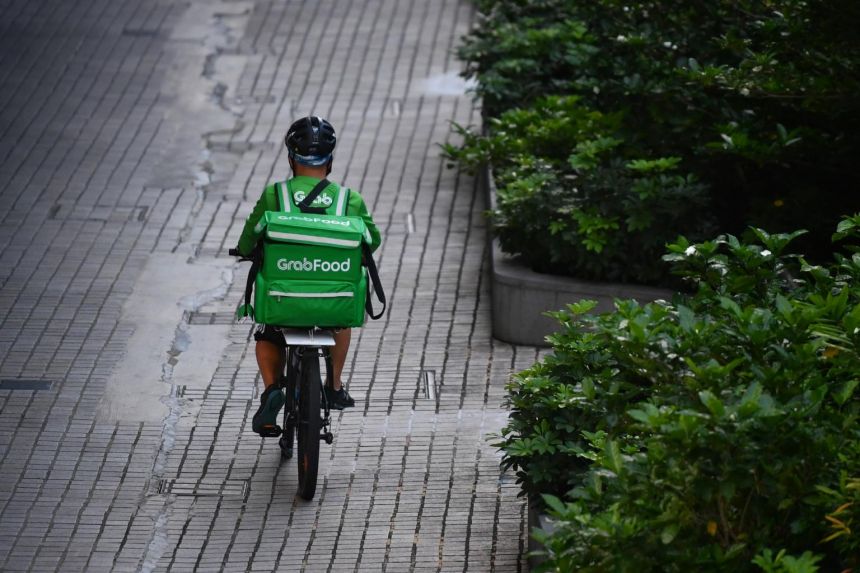
3. It’s not just about your income level, but the source of your income
Certain lines of work provide variable income. Examples are gig economy jobs like food delivery. Variable income is a drawback for home buyers, as lenders typically instate a “haircut” of 30 per cent.
So if you make $1,500 a month in variable income, lenders will consider you to be earning as little as $1,050 per month. If you’re using a bank and not HDB*, this is a major problem.
Banks already restrict your monthly loan repayment to no more than 30 per cent of your monthly income. Coupled with your variable income, this would limit your monthly loan repayment to $315.
This could mean the loan amount is too small, even for a 3-room flat. It could also mean having to look into different lines of work, to get a more stable income source (either that or really boost the earnings from your existing labour).
*You can only ever take two HDB loans in your lifetime. If you’ve used both, you’re stuck with using the bank.
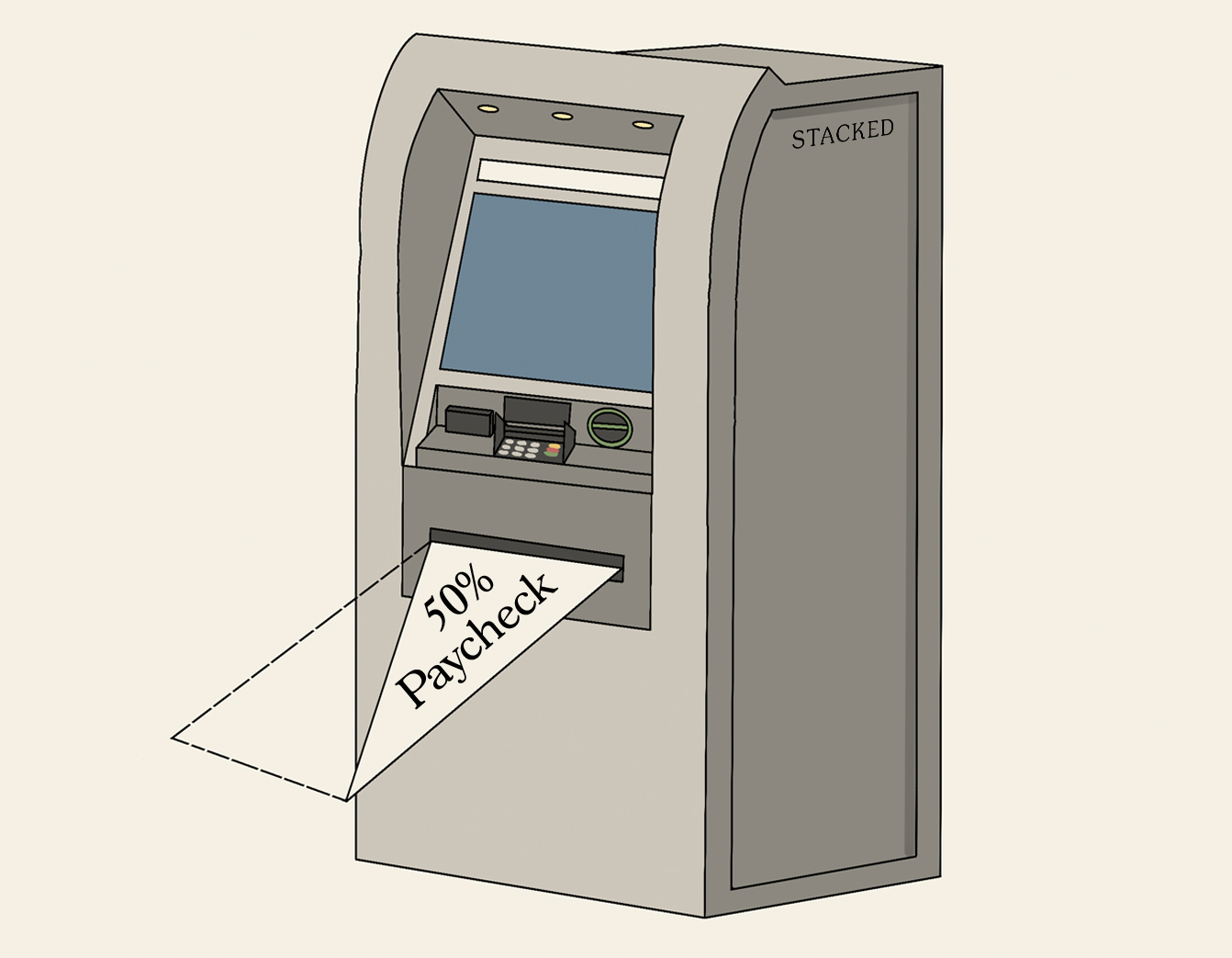
4. Build a sufficient emergency fund
The main problem, in switching to home ownership, is the extent of the commitment. It’s not easy to undo your mistake if a few years later you decide you can’t actually afford your flat.
For example, say you bought a 3-room flat, and a year later you realise you can’t afford it. You would still be within the five-year MOP, so you can’t sell it on the open market.
What happens then would be up to HDB. But even in a best-case scenario, where you’re given special permission to sell, you may not get a good price. You don’t know what the resale market will be like at the time, and you may have to take the first offer that comes along.
For this reason, it’s best to save up at least six months of expenses before buying a home. However, at an income level of $1,500 per month or below, this is much easier said than done.
5. Clear outstanding debts or wait out former bankruptcies
Whether you go to banks or HDB, creditworthiness is a factor. Those who are in public rental flats due to debt have an uphill struggle – they need to also pay down existing obligations, while waiting for their credit score to recover.
This can mean that – even after the debt is cleared – they won’t be approved for a home loan. For example, in cases of bankruptcies, you would first need to receive a letter of discharge (you will receive this when you’ve paid off most or all of your debts).
However, many lenders will want you to wait five to seven years after the letter of discharge, before you qualify for a home loan.
(HDB may be more lenient; you’ll have to contact them and explain your situation).
In the meantime, you’ll be getting older – and this reduces your maximum loan tenure once you’re finally ready to get the home loan.
That said, we should be especially wary of single versus dual-income households making the leap
When a household switches from renting to owning, it’s sometimes due to becoming a dual-income family. These situations are more precarious, compared to a sole breadwinner making the leap.
In a dual-income family, there is a risk that one spouse may lose their job, or be medically unable to work. If this happens, can the sole breadwinner still manage the cost of home ownership?
At least in a single-income family, the other spouse could start working, as a desperate measure.
We should also consider the ramifications on children, if both parents decide to work, just to switch from renting to owning a flat.
We don’t know how many families who “move up” from public rental flats did so by going dual-income; there’s no data on this. But we do hope it’s not the only reason many families can afford to step up.
For more on news in the Singapore property market, follow us on Stacked. We also provide the most in-depth reviews of new and resale developments.
you’d like to get in touch for a more in-depth consultation, you can do so here.
At Stacked, we like to look beyond the headlines and surface-level numbers, and focus on how things play out in the real world.
If you’d like to discuss how this applies to your own circumstances, you can reach out for a one-to-one consultation here.
And if you simply have a question or want to share a thought, feel free to write to us at stories@stackedhomes.com — we read every message.
Ryan J. Ong
A seasoned content strategist with over 17 years in the real estate and financial journalism sectors, Ryan has built a reputation for transforming complex industry jargon into accessible knowledge. With a track record of writing and editing for leading financial platforms and publications, Ryan's expertise has been recognised across various media outlets. His role as a former content editor for 99.co and a co-host for CNA 938's Open House programme underscores his commitment to providing valuable insights into the property market.Read next from Property Market Commentary

Property Market Commentary Why This Once-Ulu Town In Singapore Is Going To Change (In A Big Way)

Property Market Commentary I Lived In Bayshore When It Was ‘Ulu’. Here’s How Much It Has Changed

Property Market Commentary Why The Singapore Property Market Will Be Different In 2026 — And It’s Not Just About Prices

Property Market Commentary 2025 Year-End Review Of The Singapore Property Market: What The Numbers Reveal
Latest Posts

Editor's Pick We’re In Our 50s And Own An Ageing Leasehold Condo And HDB Flat: Is Keeping Both A Mistake?

Pro How A 625-Unit Heartland Condo Launched In 2006 Became One Of 2025’s Top Performers

Property Investment Insights Does Buying A One-Bedroom Condo Still Make Sense As An Investment In 2026

Editor's Pick This HDB Just Crossed $1.3M For The First Time — In An Unexpected Area

Singapore Property News “I Never Thought I’d Be Sued by a Tenant.” What Long-Time Landlords in Singapore Miss

Editor's Pick HDB Resale Prices Finally Slowed in 2025 — Will It Continue in 2026?

Singapore Property News Breaking News: District 23 Condo Sells Out In Under Two Years At $2,120 Psf Average

On The Market Here Are The Cheapest 3-Bedroom Condos in Central Singapore You Can Still Buy From $1.15M

Pro This 21-Year-Old Condo Didn’t Sell Out Initially, Yet Became A Top Performer

Editor's Pick What I Only Learned After My First Year Of Homeownership In Singapore

Singapore Property News Why More Land Doesn’t Automatically Fix Housing In Singapore

On The Market Here Are The Cheapest 4-Room HDB Flats in Central Singapore You Can Still Buy From $490K

Editor's Pick Should We Buy An Old 99-Year Leasehold Condo To Live In: Will It’s Value Fall When The Lease Runs Out?

Pro How A Once “Ulu” Condo Launched In 1997 Became A Top Performer

Editor's Pick I Reviewed A New Launch 4-Bedroom Penthouse At Beauty World



